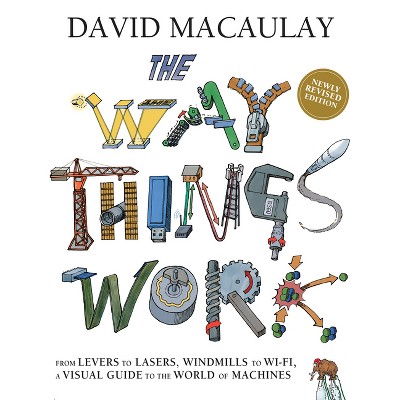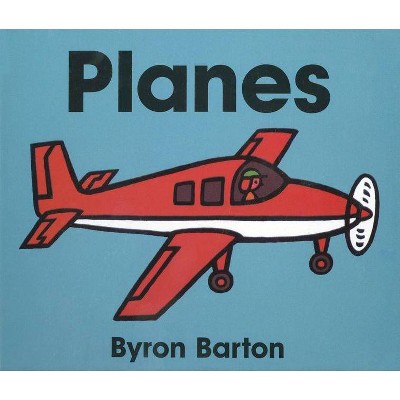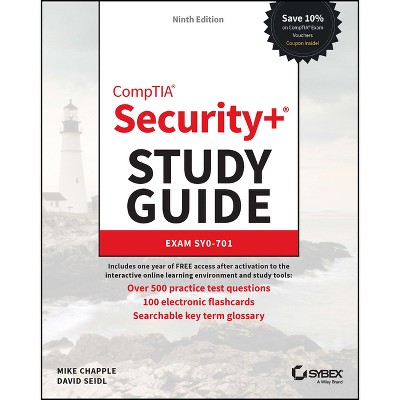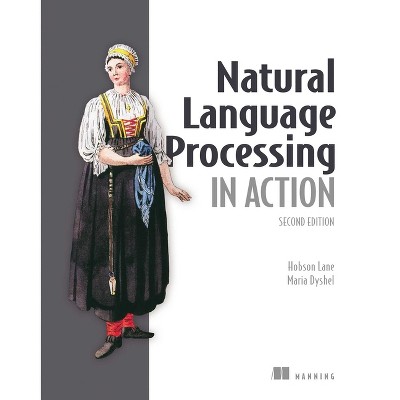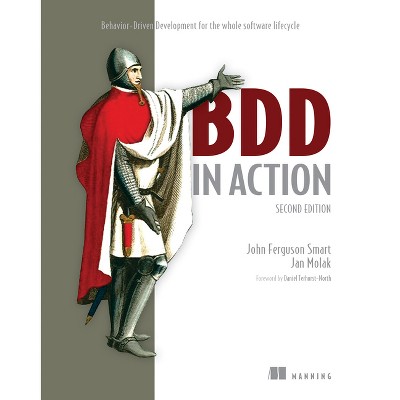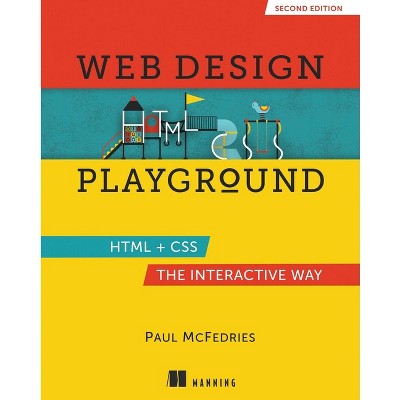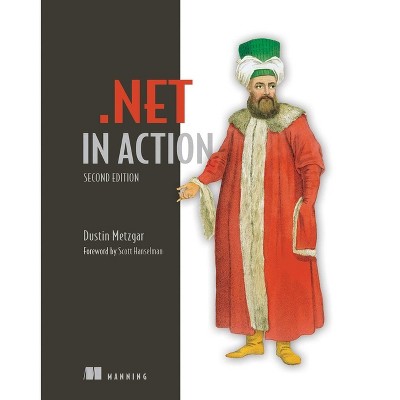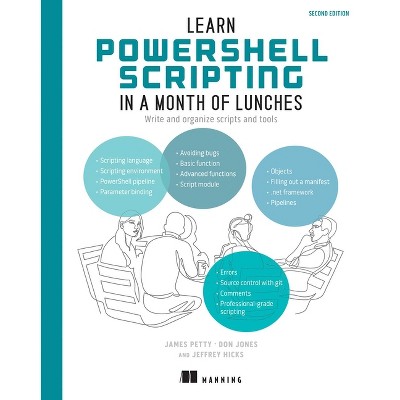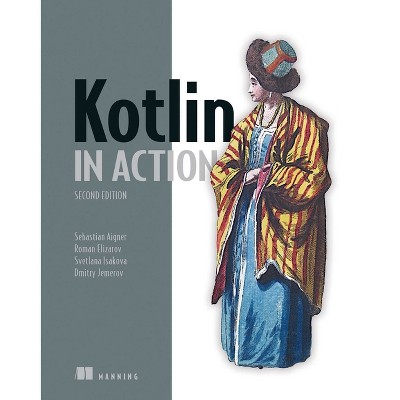Sponsored

Julia as a Second Language - by Erik Engheim (Paperback)
In Stock
Sponsored
About this item
Highlights
- Learn the awesome Julia programming language by building fun projects like a rocket launcher, a password keeper, and a battle simulator.
- About the Author: Erik Engheim is a writer, conference speaker, video course author and software developer.
- 400 Pages
- Computers + Internet, Programming Languages
Description
About the Book
Julia as a Second Language makes it easy to add Julia to your programming toolbox. Ideal for readers who already have basic skills with another programming language like Python, JavaScript, or C#, this textbook provides the foundation for you to dive into a specialised field like machine learning or data science.Book Synopsis
Learn the awesome Julia programming language by building fun projects like a rocket launcher, a password keeper, and a battle simulator. Julia as a Second Language covers:- Data types like numbers, strings, arrays, and dictionaries
- Immediate feedback with Julia's read-evaluate-print-loop (REPL)
- Simplify code interactions with multiple dispatch
- Sharing code using modules and packages
- Object-oriented and functional programming styles
Julia as a Second Language introduces Julia to readers with a beginning-level knowledge of another language like Python or JavaScript. You'll learn by coding engaging hands-on projects that encourage you to apply what you're learning immediately. Don't be put off by Julia's reputation as a scientific programming language--there's no data science or numerical computing knowledge required. You can get started with what you learned in high school math classes. Purchase of the print book includes a free eBook in PDF, Kindle, and ePub formats from Manning Publications. About the Technology Originally designed for high-performance data science, Julia has become an awesome general purpose programming language. It offers developer-friendly features like garbage collection, dynamic typing, and a flexible approach to concurrency and distributed computing. It is the perfect mix of simplicity, flexibility and performance. About the Book Julia as a Second Language introduces Julia by building on your existing programming knowledge. You'll see Julia in action as you create a series of interesting projects that guide you from Julia's basic syntax through its advanced features. Master types and data structures as you model a rocket launch. Use dictionaries to interpret Roman numerals. Use Julia's unique multiple dispatch feature to send knights and archers into a simulated battle. Along the way, you'll even compare the object-oriented and functional programming styles-Julia supports both! What's Inside
- Data types like numbers, strings, arrays, and dictionaries
- Immediate feedback with Julia's read-evaluate-print-loop (REPL)
- Simplify code interactions with multiple dispatch
- Share code using modules and packages
About the Reader For readers comfortable with another programming language like Python, JavaScript, or C#. About the Author Erik Engheim is a writer, conference speaker, video course author, and software developer. Table of Contents PART 1 - BASICS
1 Why Julia?
2 Julia as a calculator
3 Control flow
4 Julia as a spreadsheet
5 Working with text
6 Storing data in dictionaries
PART 2 - TYPES
7 Understanding types
8 Building a rocket
9 Conversion and promotion
10 Representing unknown values
PART 3 - COLLECTIONS
11 Working with strings
12 Understanding Julia collections
13 Working with sets
14 Working with vectors and matrices
PART 4 - SOFTWARE ENGINEERING
15 Functional programming in Julia
16 Organizing and modularizing your code
PART 5 - GOING IN DEPTH
17 Input and output
18 Defining parametric types
From the Back Cover
Julia as a Second Language makes it easy to add Julia to your programming toolbox. You will learn about Julia's type system and data structures by modeling the launch of a space rocket, use dictionaries to parse Roman numerals, and discover tuples and arrays through tracking pizza sales. You will even use Julia's unique multiple dispatch feature to send knights and archers into a simulated battle.
By the time you are finished, you will be confident in the foundations of Julia and ready to dive into a specialised field like machine learning or data science.
Don't be put off by Julia's reputation as a scientific programming language. There's no data science or numerical computing knowledge required. You can get started with what you learned in high school math classes.
Research scientists, data analysts and machine learning professionals will appreciate how easy Julia makes it to handle and explore data sets. Experienced programmers will love to learn about Julia's interesting metaprogramming capabilities and the exciting possibilities of the language.
Review Quotes
"Helped kickstart my use of Julia for serious projects. It's a solid review of the core language features that doesn't get bogged down on programming fundamentals you already know."
Jonathan Owens, GE Global Research
"Everything you need to learn Julia."
Amanda Debler, Schaeffler Technologies
"Perfect for anyone who needs to learn Julia but doesn't know where to start."
Simone Sguazza, University of Applied Sciences and Arts of Southern Switzerland
About the Author
Erik Engheim is a writer, conference speaker, video course author and software developer. He has spent much of his career developing 3D modeling software for reservoir modeling and simulation in the Norwegian gas and oil industry. Erik also spent several years as an iOS and Android developer.
Shipping details
Return details
Trending Computers & Technology Books

